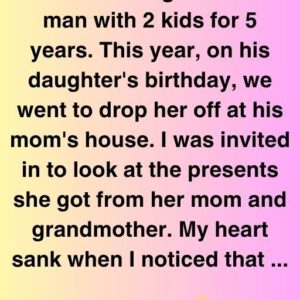It Was Itching His Body, He Thought It Was an Allergy, but the Diagnosis Was Tough
At first, John brushed it off as a simple allergy. A small patch of redness appeared on his side, itching and tingling like a minor skin irritation. He applied some cream and went about his day, expecting it to disappear. But within days, the patch turned into clusters of painful blisters, spreading along his ribcage. The itching transformed into burning pain that kept him up at night.
Alarmed, John visited a doctor—who quickly gave him the real diagnosis: shingles, also known as herpes zoster. This condition occurs when the varicella-zoster virus, the same virus that causes chickenpox, reactivates after lying dormant in the nervous system for years.
Shingles often begins with itching, tingling, or localized pain, followed by clusters of fluid-filled blisters that usually appear on one side of the body. It’s not just a skin condition—it attacks the nerves, which explains the intense pain.
Treatment involves antiviral medication, pain relief, and keeping the rash clean and dry to prevent infection. Early treatment is crucial to reduce complications like postherpetic neuralgia, a chronic nerve pain that can linger for months.
Doctors also recommend the shingles vaccine for adults over 50, which significantly lowers the risk of outbreaks.
John’s story is a reminder: not every rash is a simple allergy. If a rash is one-sided, blistering, and painful, seek medical attention immediately. Early diagnosis and treatment can prevent severe complications and speed up recovery.
Your body whispers before it screams—don’t ignore the warning signs.





